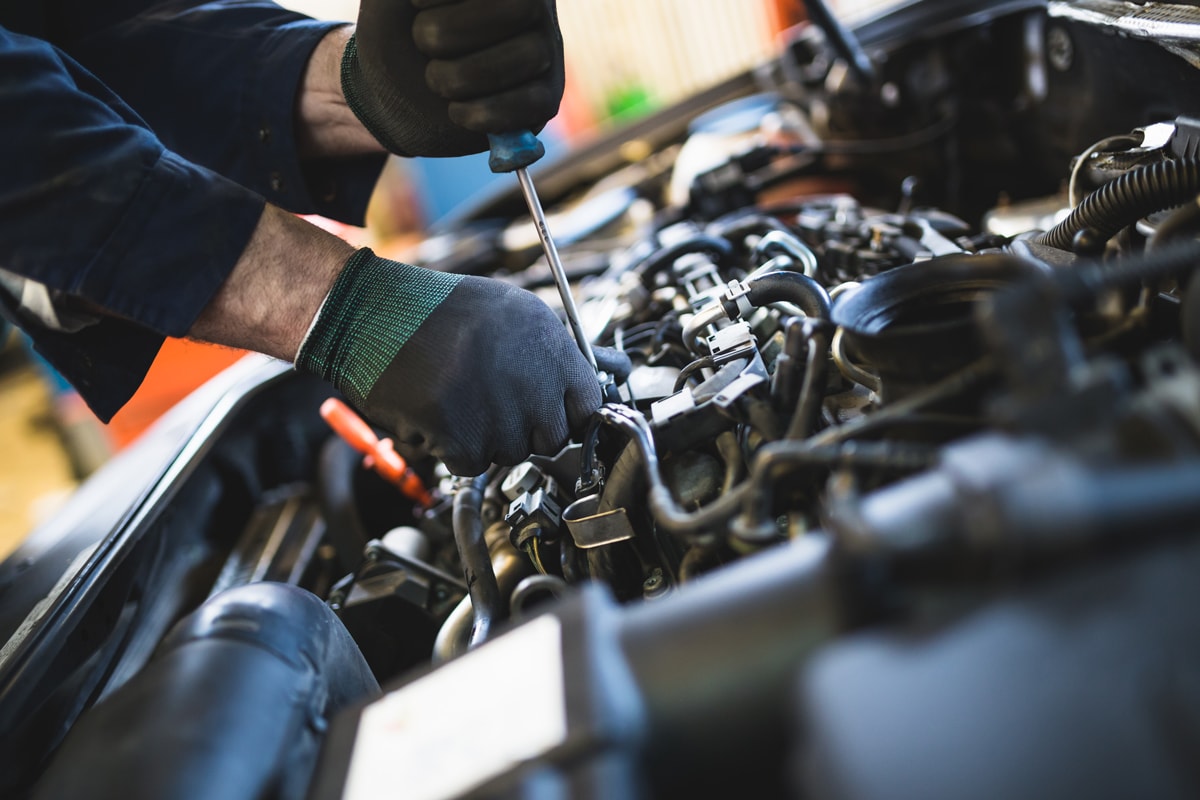All Categories
Featured
Tire turnings might not always be leading of mind for lorry maintenance, yet they play a critical function in ensuring your cars and truck's performance, safety and security, and long life. By on a regular basis rotating your tires, you can protect against unequal wear, optimize your tires' lifespan, and improve your driving experience.
What Is Tire Rotation?
Tire turning is the process of relocating tires to various positions on your automobile to guarantee also put on. Depending on your lorry's drivetrain-- front-wheel drive (FWD), rear-wheel drive (RWD), or all-wheel drive (AWD)-- the front and rear tires experience various levels of tension. Regularly revolving your tires aids distribute this wear evenly.
Benefits of Regular Tire Turnings
Even Tire Wear
Tires on different axles experience different degrees of stress. For circumstances, front tires on a FWD car take care of acceleration, stopping, and guiding, creating them to use faster.
Rotating the tires makes certain also use, enabling all four tires to maintain similar tread deepness.
Enhanced Handling and Security
![]()
Unequal tread deepness can bring about imbalances, minimized traction, and jeopardized handling, especially on wet or slippery roads.
Revolved tires make sure consistent efficiency and a safer driving experience.
Prolonged Tire Lifespan
Also wear ways your tires last much longer, conserving you cash on early replacements.
Better Gas Efficiency
![]()
Erratically worn tires can boost moving resistance, requiring more energy from the engine and reducing fuel economy.
Balanced tires lower stress on the lorry and boost effectiveness.
Price Cost Savings
By extending the life of your tires and preventing early replacements, regular rotations can save you substantial prices in time.
Suggested Rotation Intervals
The majority of makers recommend turning your tires every 5,000 to 7,500 miles. An excellent guideline is to have your tires rotated throughout routine maintenance brows through, such as oil changes. Always describe your lorry's owner guidebook for certain standards.
Usual Tire Rotation Patterns
The turning pattern depends upon your car's drivetrain and tire type:
Front-Wheel Drive: Swap front tires with the back ones, crossing them diagonally.
Rear-Wheel Drive: Relocate rear tires to the front axle and cross them.
All-Wheel Drive: Make Use Of an "X" pattern for well balanced wear.
Directional Tires: Make sure the tires stay on the same side to preserve their made efficiency.
Indicators You Need a Tire Turning
Unequal wear patterns on the tires.
Automobile resonances, specifically at higher rates.
Reduced gas efficiency.
Difficulty preserving control in adverse problems.
Last Thoughts
Regular tire rotations are vital for keeping your automobile's security and performance. By spending time in this uncomplicated treatment, you'll delight in a smoother experience, enhanced handling, and significant cost savings over time. Arrange your following tire rotation with a trusted service provider and make it a routine component of your upkeep regimen.
What Is Tire Rotation?
Tire turning is the process of relocating tires to various positions on your automobile to guarantee also put on. Depending on your lorry's drivetrain-- front-wheel drive (FWD), rear-wheel drive (RWD), or all-wheel drive (AWD)-- the front and rear tires experience various levels of tension. Regularly revolving your tires aids distribute this wear evenly.
Benefits of Regular Tire Turnings
Even Tire Wear
Tires on different axles experience different degrees of stress. For circumstances, front tires on a FWD car take care of acceleration, stopping, and guiding, creating them to use faster.
Rotating the tires makes certain also use, enabling all four tires to maintain similar tread deepness.
Enhanced Handling and Security

Unequal tread deepness can bring about imbalances, minimized traction, and jeopardized handling, especially on wet or slippery roads.
Revolved tires make sure consistent efficiency and a safer driving experience.
Prolonged Tire Lifespan
Also wear ways your tires last much longer, conserving you cash on early replacements.
Better Gas Efficiency

Erratically worn tires can boost moving resistance, requiring more energy from the engine and reducing fuel economy.
Balanced tires lower stress on the lorry and boost effectiveness.
Price Cost Savings
By extending the life of your tires and preventing early replacements, regular rotations can save you substantial prices in time.
Suggested Rotation Intervals
The majority of makers recommend turning your tires every 5,000 to 7,500 miles. An excellent guideline is to have your tires rotated throughout routine maintenance brows through, such as oil changes. Always describe your lorry's owner guidebook for certain standards.
Usual Tire Rotation Patterns
The turning pattern depends upon your car's drivetrain and tire type:
Front-Wheel Drive: Swap front tires with the back ones, crossing them diagonally.
Rear-Wheel Drive: Relocate rear tires to the front axle and cross them.
All-Wheel Drive: Make Use Of an "X" pattern for well balanced wear.
Directional Tires: Make sure the tires stay on the same side to preserve their made efficiency.
Indicators You Need a Tire Turning
Unequal wear patterns on the tires.
Automobile resonances, specifically at higher rates.
Reduced gas efficiency.
Difficulty preserving control in adverse problems.
Last Thoughts
Regular tire rotations are vital for keeping your automobile's security and performance. By spending time in this uncomplicated treatment, you'll delight in a smoother experience, enhanced handling, and significant cost savings over time. Arrange your following tire rotation with a trusted service provider and make it a routine component of your upkeep regimen.
Latest Posts
Comprehending the Relevance of Timing Belt Substitute for Your Engine
Published Jan 07, 25
0 min read
What to Do If Your Auto Overheats and Exactly How to avoid It
Published Jan 07, 25
0 min read
Maximize Your Space: 10 Genius Living Room Furniture Ideas for Small Homes
Published Jan 07, 25
2 min read
More
Latest Posts
Comprehending the Relevance of Timing Belt Substitute for Your Engine
Published Jan 07, 25
0 min read
What to Do If Your Auto Overheats and Exactly How to avoid It
Published Jan 07, 25
0 min read
Maximize Your Space: 10 Genius Living Room Furniture Ideas for Small Homes
Published Jan 07, 25
2 min read